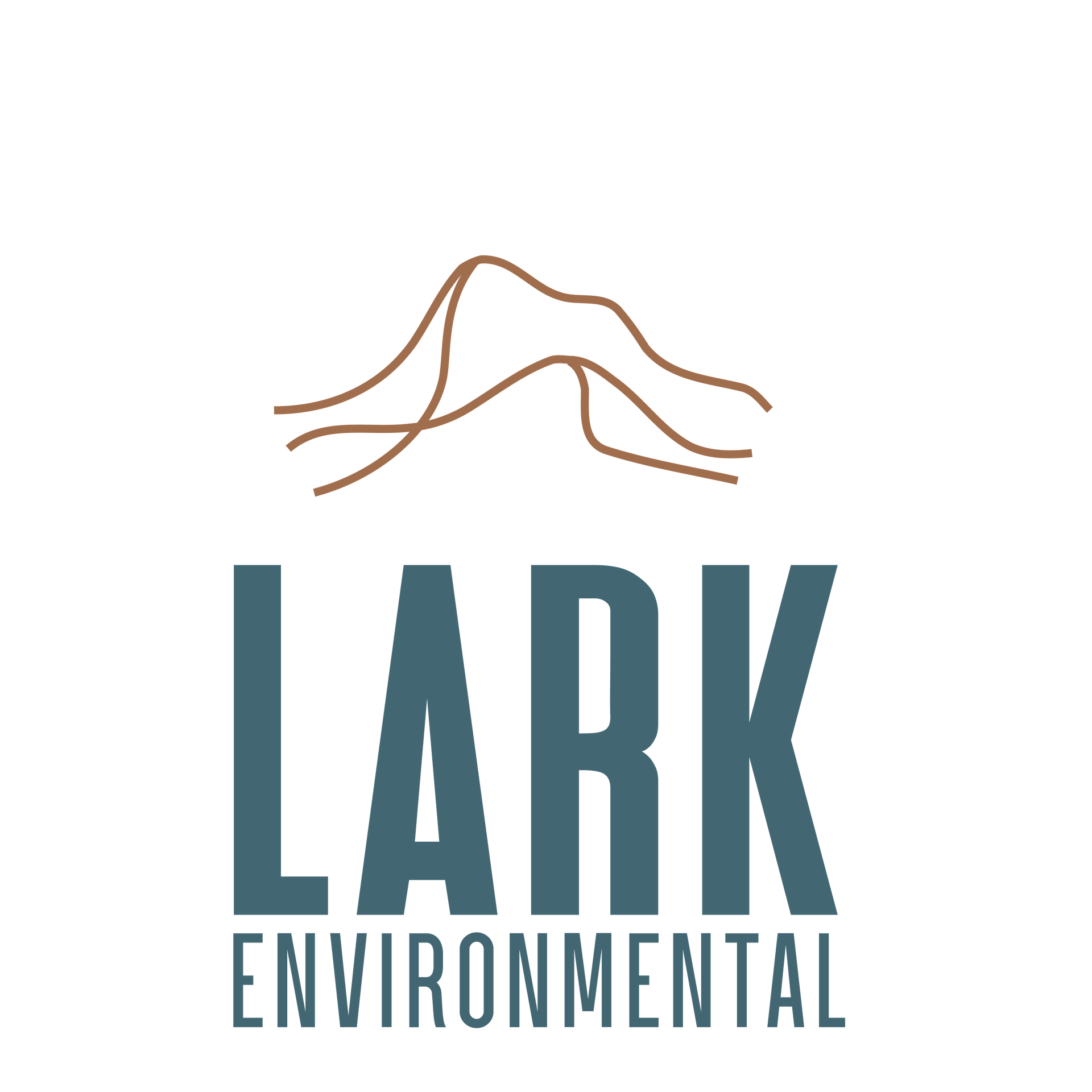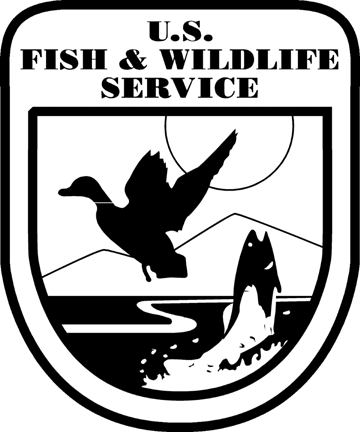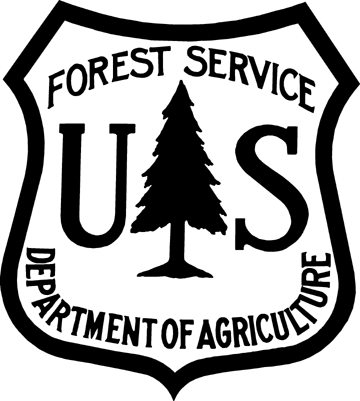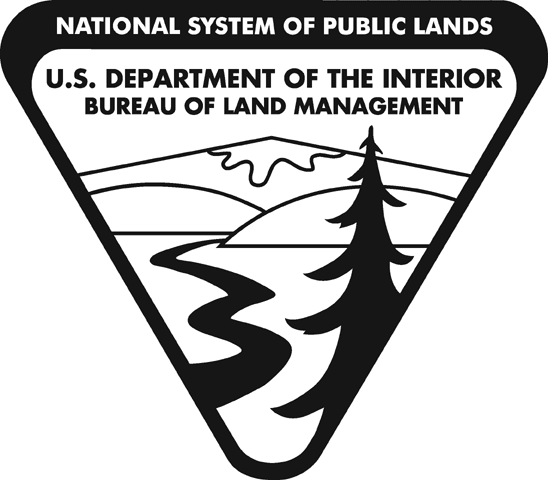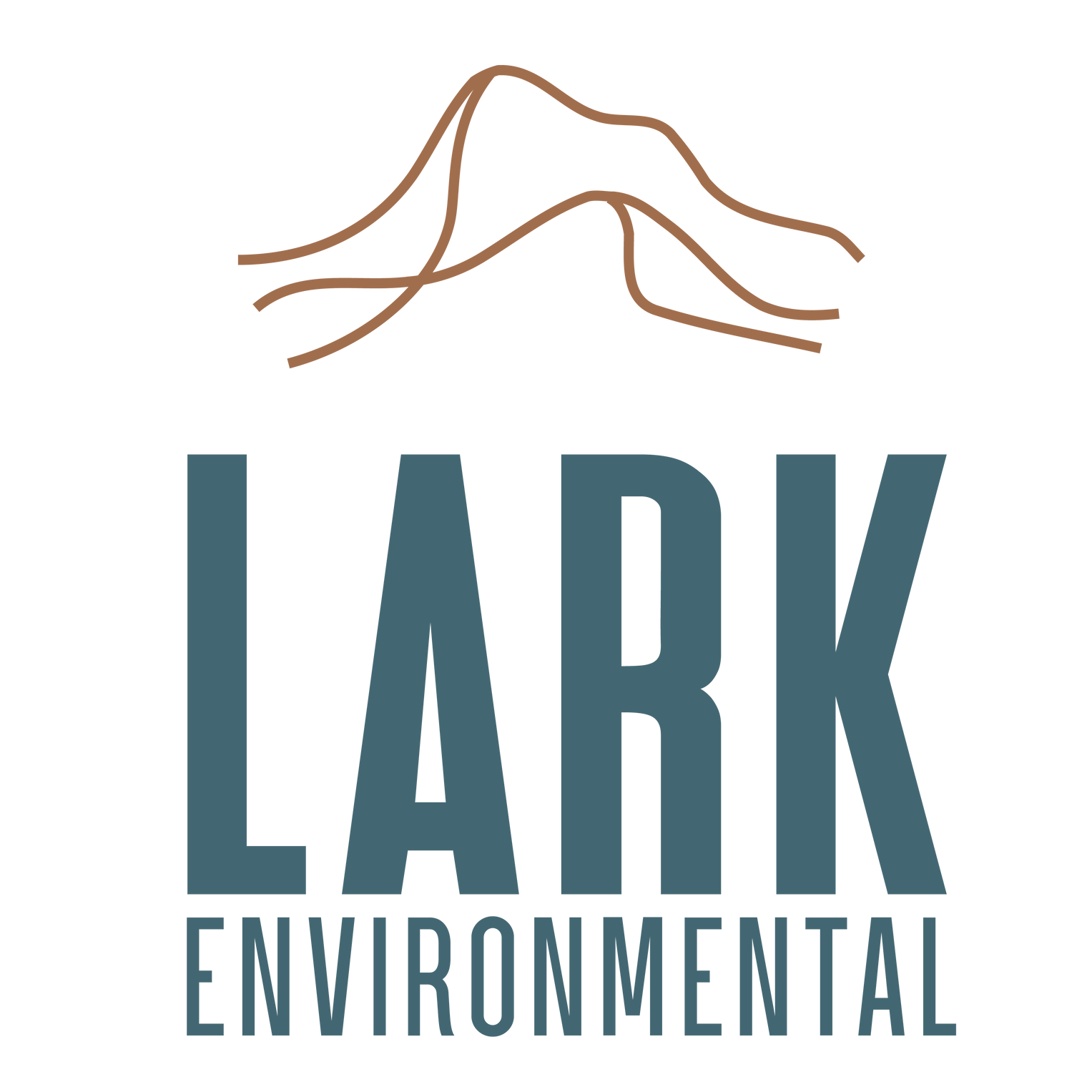Projects
At Lark Environmental, our projects reflect our commitment to sustainable solutions, collaborative partnerships, and meaningful community impact. From environmental assessments to large-scale planning efforts, each project showcases our innovative approach and dedication to excellence. Explore the examples below to see how we bring vision and expertise together to create lasting results.
From Strategy to Action: Empowering Tribal Agriculture:
Two Tribes in the Rock Mountain Region engaged Lark to develop a NEPA-compliant Programmatic Environmental Assessment (PEA) so that they could implement their Agricultural Resource Management Plan (ARMP).
Empowering Sustainable Development Through Expert Biological Assessments and Innovative Geospatial Analysis
Lark personnel bring decades of experience in the oil and gas industry, including the development of a Programmatic Biological Assessment and Biological Evaluation (BABE) and a subsequent amendment for exploration and development activities across approximately 1 million acres on the Fort Berthold Indian Reservation.
Empowering Tribal Agriculture with Environmental Stewardship
Lark personnel, in coordination with a partnering Native American-owned business, completed 23 Programmatic Environmental Assessments (PEAs) for Tribes across the Rocky Mountains and Great Plains. The PEAs facilitate ongoing and future agricultural leasing and permitting activities on American Indian reservations in Montana, Wyoming, North and South Dakota, and Nebraska.
Housing Solutions for Tribal Communities with Environmental Responsibility
Lark personnel, in coordination with a partnering Native American-owned business, worked for several Tribes to complete Environmental Assessments (EA) required by the U.S. Department of Housing and Urban Development (HUD). HUD requires these EAs before releasing funding for the proposed projects. These EAs involved the review of the construction of over 80 homes, in addition to an elder housing community, landscaping, and roadway improvements. Success of these projects were predicated on continued coordination with the Tribal Housing Authorities and their contractors for the successful completion of the EAs.
From Strategy to Action: Empowering Tribal Agriculture in the Great Plains
Lark’s experience spans the full scope of AIARMA (25 USC 3711) implementation, with a proven ability to design tailored community engagement strategies that meet each tribe’s unique cultural, political, and environmental context. This includes work throughout Montana, Wyoming, North Dakota, South Dakota, and Nebraska
Broadband Growth with Environmental Responsibility
Lark worked with the United States Department of Commerce, National Telecommunications and Information Administration (NTIA) and a Tribe in the Great Plains Region on NEPA compliance for funding under the Tribal Broadband Connectivity Program. Lark developed an Environmental Assessment (EA) that evaluated the environmental impact of constructing four new wireless communication towers in North and South Dakota
Sovereign Solutions for a Changing Climate with the Sicangu Lakota Oyate
Lark worked with the Sicangu Lakota Oyate (Rosebud Sioux Tribe), the Tribal Data Sovereignty Initiative, the North Central Climate Adaptation Science Center (CASC), and South Dakota State University to develop the Climate Adaptation Plan for the Sicangu Lakota Oyate. The plan is a comprehensive, culturally grounded strategy designed to prepare the Sicangu Lakota Oyate for the impacts from climate change.
Facing Drought with Strength and Strategy for the Fort Belknap Indian Community
Lark worked with the Fort Belknap Indian Community (FBIC) Land Department to develop the 2023 FBIC Drought Mitigation and Response Plan. The plan is a comprehensive strategy to enhance drought resilience across the Fort Belknap Reservation, which addresses the increasing frequency and severity of droughts due to climate change especially because of rising temperatures and shifting precipitation patterns in northern Montana.
Fresh Food. Strong Communities
Lark worked for two Tribes in Montana to develop a Community Agriculture Plan (Plan) for improving access to healthy, locally grown food in an area with high rates of food insecurity. Key programs and innovations highlighted in the plan included gardening education in schools, traditional food and meat preparation, beekeeping and composting programs, and local food distribution and seed-saving initiatives. Each of the communities on the reservation received tailored goals and recommendations based on local demographics, resources, and community feedback. The Plan provides a strategic, community-informed roadmap to build a resilient, sustainable food system on the reservation, fostering health, self-sufficiency, and cultural continuity.
Clean Waters, Strong Future
Lark worked for two Tribes in Montana to develop a watershed plan following U.S. Environmental Protection Agency (EPA) guidance. The watershed plan is a comprehensive strategy to restore and protect the water quality of a watershed that spans a reservation in Montana. The plan identifies and addresses four major pollution sources: heavy metals, sedimentation, nutrients (E. coli & nitrogen), and legacy orphan oil & gas wells.
Funding Resilience, Building Balance
Lark partnered with two Tribes in the Rocky Mountain region to develop a successful climate resilience grant proposal, securing approximately $1 million in funding. The proposal was grounded in approved tribal plans and prioritized previously identified projects that align with long-term planning goals. The project focused on enhancing adaptive capacity and resilience to climate change by improving water and forage resources for the Tribes’ expanding buffalo herd and livestock grazing on rangelands. The improvements implemented under the grant directly benefited more than 60 tribal members and their families who hold grazing permits. In addition, by increasing drought resilience and ensuring sustainable land management, the project supported continued agricultural productivity and strengthened the economic base for the reservation.
Integrated Environmental Stewardship: Managing Noxious Weeds on Navajo Tribal Trust Lands
Lark personnel, in collaboration with a Native American-owned business, were entrusted by the Bureau of Indian Affairs (BIA) to write the Weed Inventory and Planning Programmatic Environmental Assessment (PEA) for the Navajo Nation Land Management Districts in Cove, Arizona, and Sanostee, New Mexico. This initiative not only verified the absence of significant environmental impacts but also exemplified an integrated approach to managing noxious and invasive weeds on Navajo tribal trust lands. The project adhered to environmental laws, incorporating measures to protect air and water quality, minimize noise pollution, and ensure the conservation of endangered species and historical sites through comprehensive consultations with relevant agencies.
